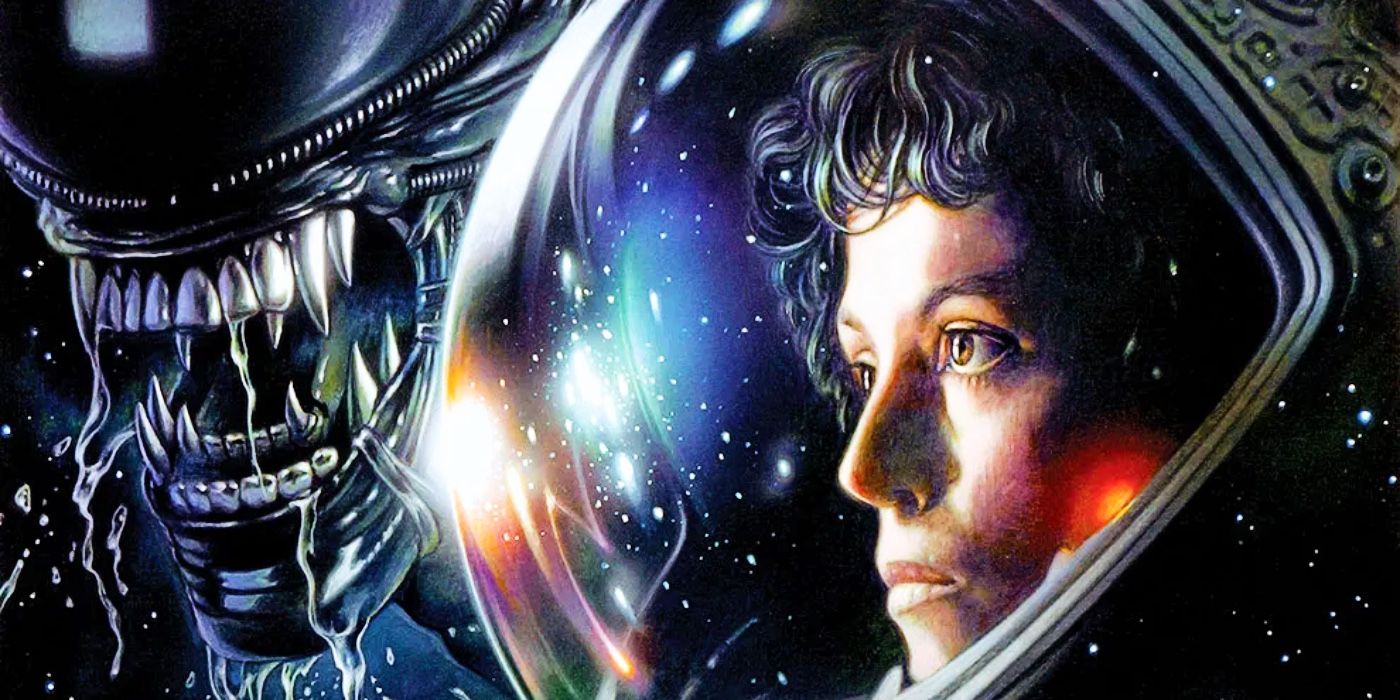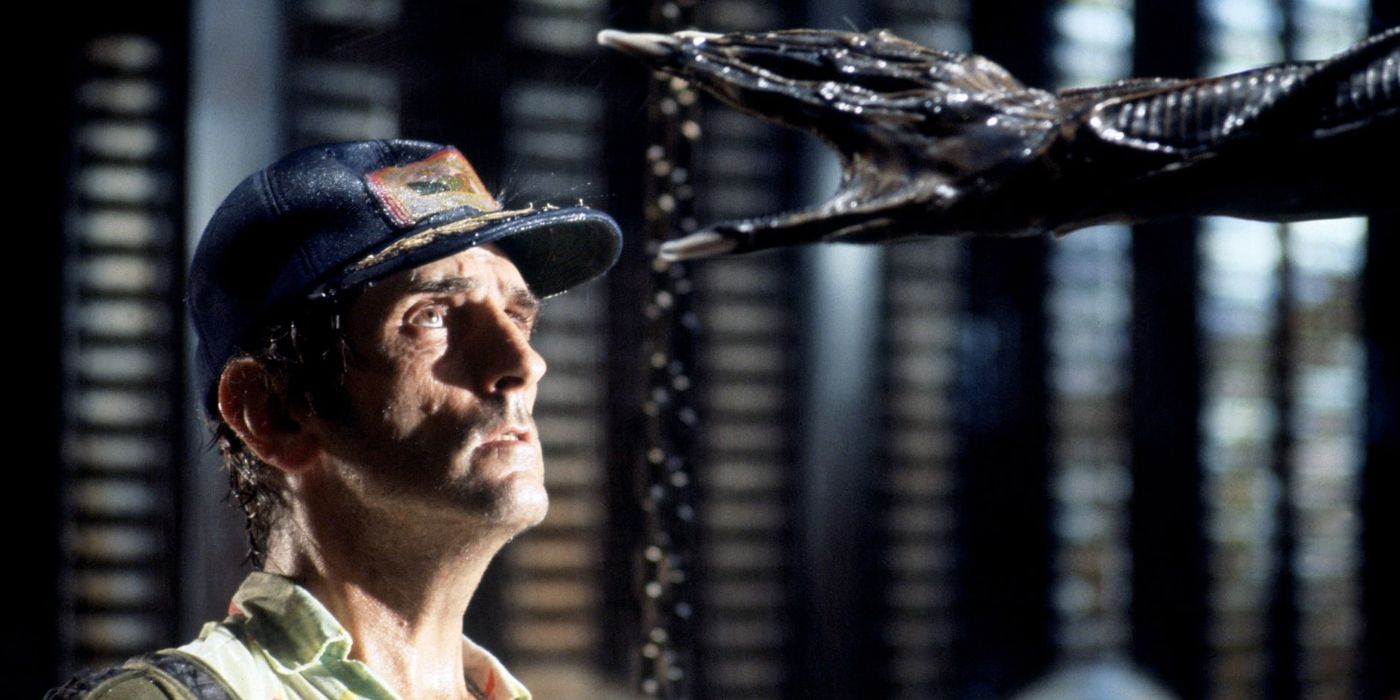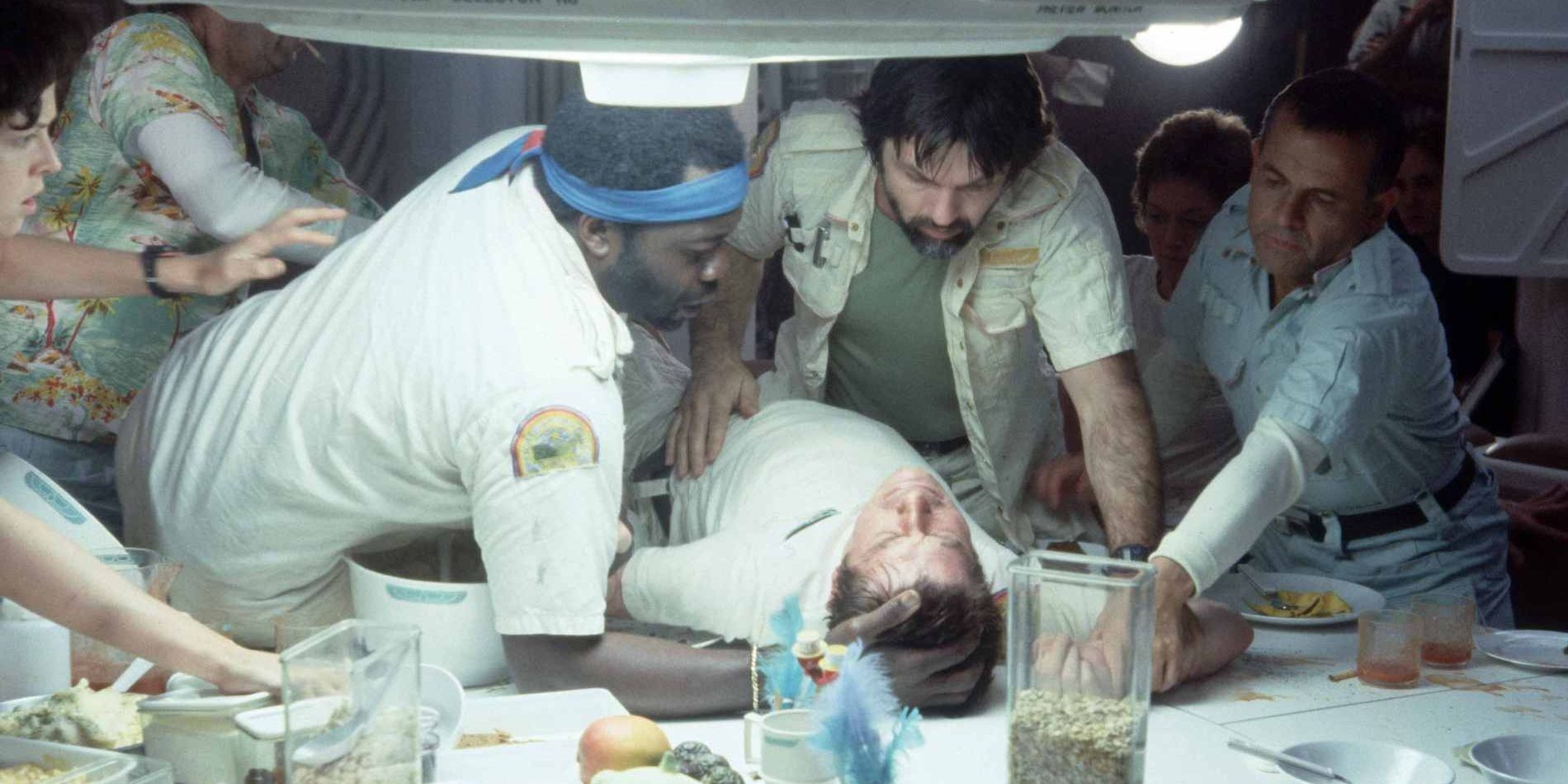Summary
- Ridley Scott released a director's cut of Alien in 2003, which made several changes to the theatrical version.
- The director's cut is shorter than the theatrical cut and has a faster pace, but it didn't drastically alter the film.
- Despite the changes, Ridley Scott considers the theatrical release to be the true version of Alien and the preferred viewing experience.
Ridley Scott’s 1979 sci-fi/horror masterpiece Alien is one of the most beloved movies of all time, though many people may be unaware there is a director’s cut version with some differences from the theatrical release. Alien, which was originally pitched as "Jaws in space," is an extremely tense sci-fi horror film that keeps audiences on their toes for all 117 minutes of the theatrical cut as Sigourney Weaver's Ellen Ripley is hunted by a Xenomorph. In 2003 — nearly 25 years after the original's premiere – Ridley Scott released the director's cut of Alien, which changed several important scenes.
The complete version of Alien's director's cut with a few extra scenes was never released, but a different director’s cut from Scott about the same length as Alien's theatrical version was released instead. Scott's director's cut remains fairly similar to the Alien theatrical cut, but certain differences have made it viewers' preferred watching experience for the sci-fi/horror film. Here's a breakdown of all the changes made to the theatrical version in Ridley Scott's Alien director's cut, and which Alien cut is better.
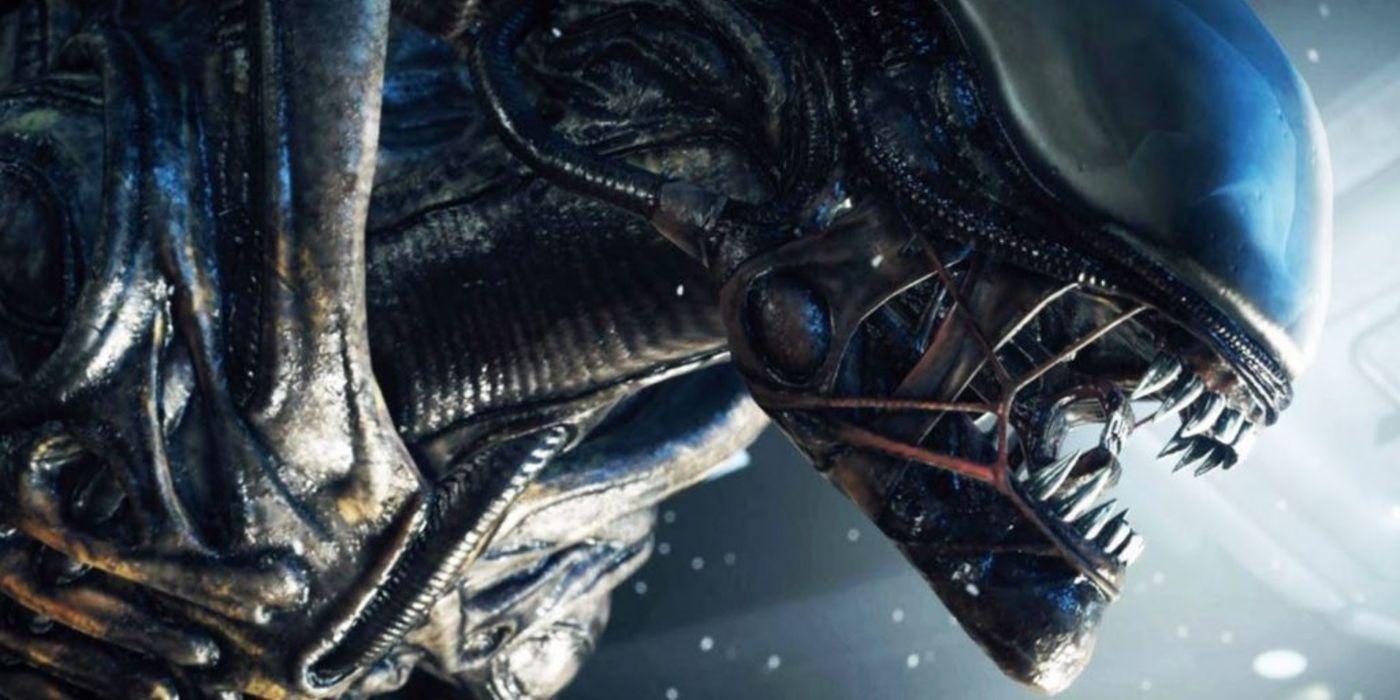
Every Alien Franchise Movie Ranked From Worst To Best
Ridley Scott's Alien franchise has made a lasting impact on horror history, but how do all the Alien films compare when ranked against each other?Alien Director’s Cut Changes Explained
The 2003 Version Of Alien Is Shorter
Scott felt adding in all the originally deleted scenes for Alien's director's cut made the film too bloated and ruined the pacing, so he went back and actually removed parts of Alien's theatrical release to make some room for the new shots. In the end, the Alien director’s cut runs about a minute shorter than the theatrical version, with the majority of the changes — bar two significant scenes — being slight variations of existing sequences from the Alien theatrical cut. Many of the changes seem to reflect a desire to give modern audiences an updated cut with quicker pacing.
Fans often point out Alien's long tracking shots are meant to shore up the atmosphere of isolation and grandiosity of space. Alien's director’s cut shortens a lot of them, forgoing subtle tension for getting to the action a little faster. The two new Alien director's cut scenes do provide interesting changes to the storyline and lore of both the film and franchise. In the first, Alien's central character Ripley explicitly makes the call to keep Kane locked out of the ship after he is attacked by the facehugger.
This sets her up as a strong-willed, sensible protagonist, a role that Sigourney Weaver’s character doesn’t actually fill in Alien's theatrical cut until later in the movie once Dallas gets killed off and it’s revealed she is the actual hero. The second crucial new scene in the Alien director's cut shows Ripley discovering the Xenomorph nest in the ship where it appears Dallas and Brett are being transformed into eggs.
As far as the Alien franchise's lore is concerned, that’s not part of the life cycle of the Xenomorphs, especially after seeing James Cameron’s Aliens. Since it’s an originally deleted, non-canon scene, it’s more of an interesting curiosity than anything else.
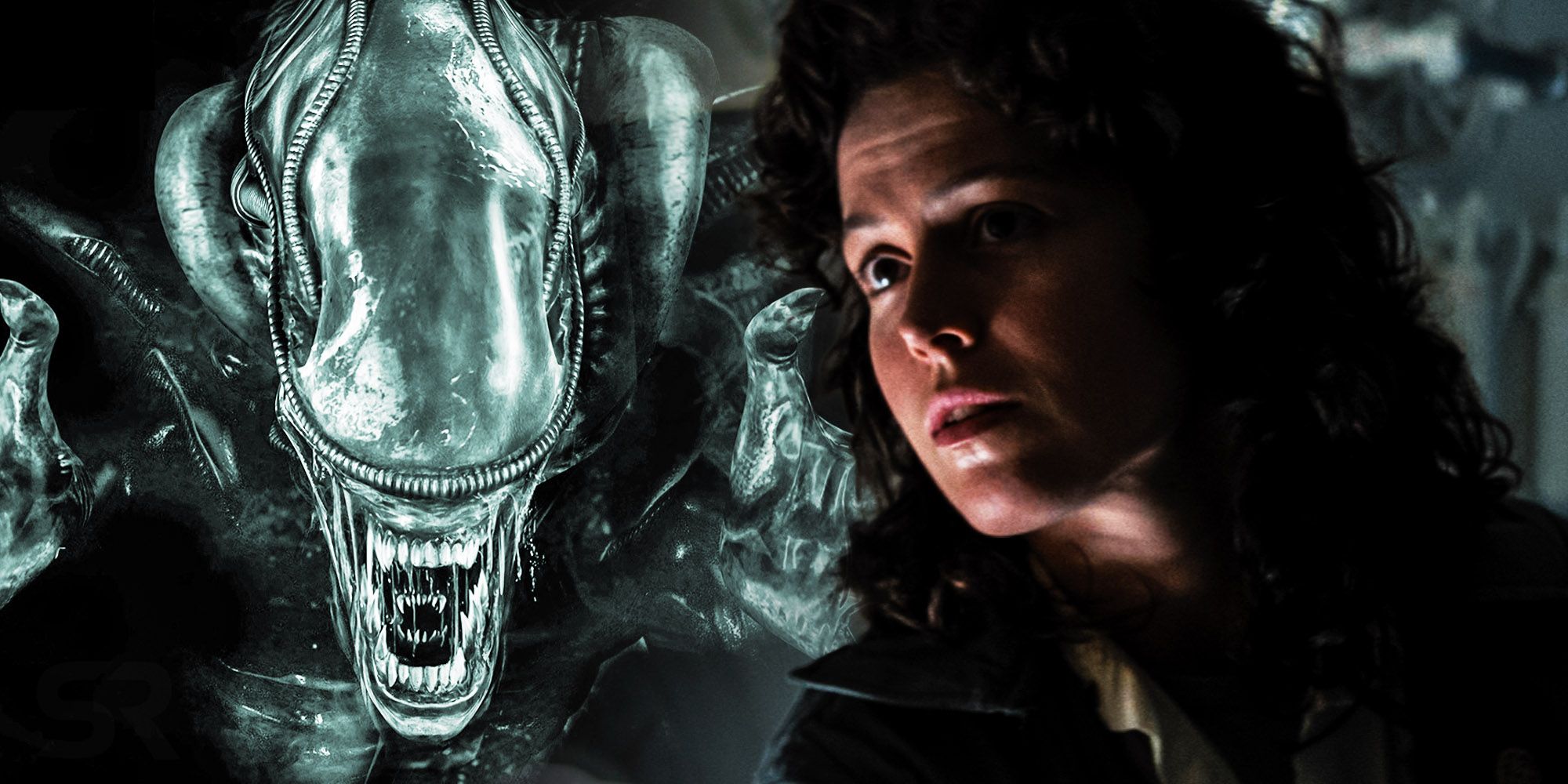
How Practical Effects Made Alien's Xenomorphs So Scary
Ridley Scott created Xenomorph with practical special effects. And the results of this improved the monster and made Alien even more terrifying.Which Version Of Alien Is Better
The Theatrical Cut Of Alien Remains The Best
Ultimately, the director’s cut of Alien doesn’t drastically change much. Even Ridley Scott himself considers the Alien theatrical release the true version of the film and representative of his vision for it. The Alien director’s cut is an interesting bonus made specifically for a collector’s box set containing alternate versions of the other movies in the franchise, but isn't superior. When considering the continuity change of Dallas and Brett's Xenomorph transformation, it may be better in the long run for viewers to watch Alien's theatrical cut when understanding the logistics of the franchise.
However, the Alien director's cut boosts the pace and action of the original film, which makes it tonally closer to James Cameron's Aliens. Considering Ridley Scott is partial to Alien's theatrical cut and the new version didn't add or detract much, the original cut is better, especially since there weren't many changes necessary to the film in the first place. The only significant change in the Alien director's cut was shortening the tracking shots and some longer sequences, whereas it can be argued that the tracking shots in Alien's theatrical cut were necessary to build the isolated conflict with suspense.
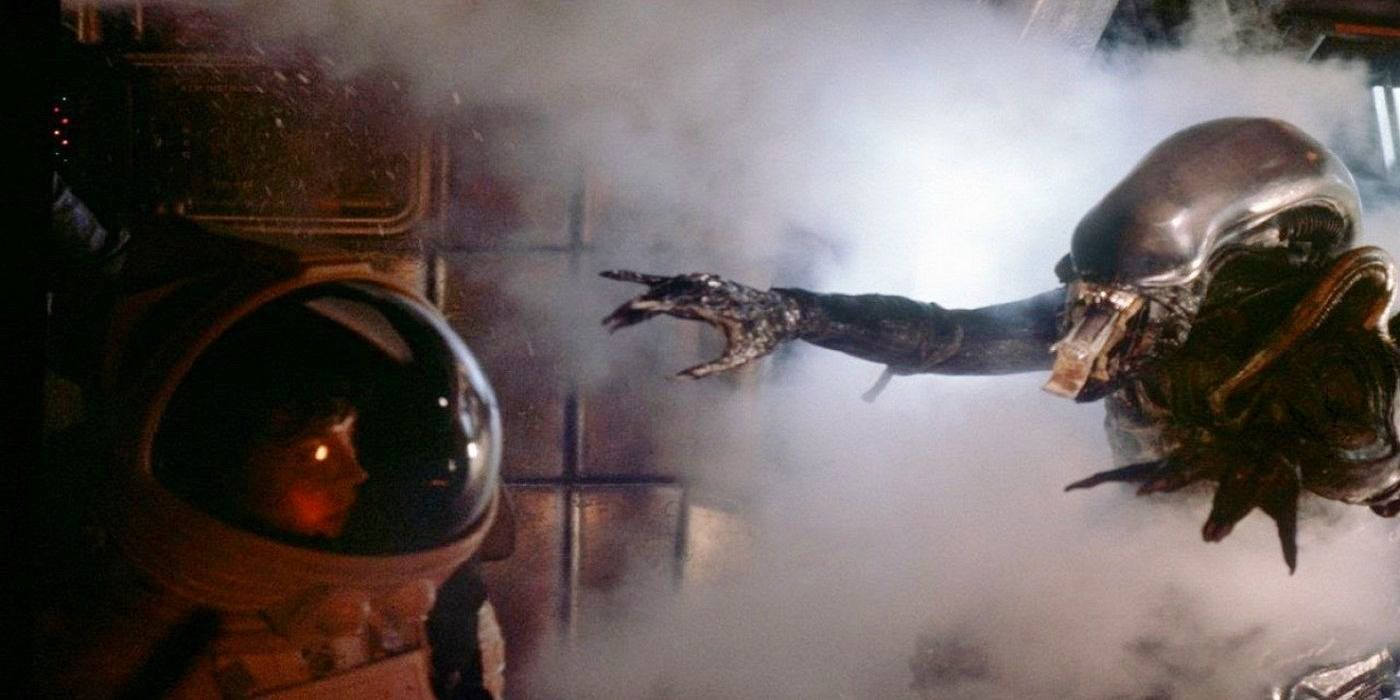
When Alien 1979 Is Set (Exactly)
The exact timeline of the Alien franchise has never been clear - but a tie-in novel may have answered one of the film's most pressing questions.How Director Ridley Scott Looks Back On Alien's Production Journey Now
Creating The Original Alien Was A Saga
In 2003, Ridley Scott was approached by 20th Century Fox with the opportunity to release a new cut of Alien as part of the then-definitive DVD box set of all the franchise's movies. Scott is no stranger to alternate cuts of his famous films, with Blade Runner having multiple cuts over the years, but the director has so far only made two cuts of Alien. He initially intended to use Alien's director's cut opportunity to restore scenes left on the cutting room floor for fans to enjoy, where Scott would place them among Alien's theatrical version for a more complete edition of the film.
Looking back on the production of Alien, it is not surprising that he takes the opportunity to do some tinkering and adjustments even after all these years. As iconic as the movie was, Scott remembers a lot of problem-solving on the go when filming and he often had ingenious solutions that helped to make Alien the classic that it became.
Looking back on the production of Alien (via THR), Scott remembers looking at the design of the Nostromo landing leg and deciding it wasn't big enough. Instead of using the adult actors as he planned, Scott dressed three children who were on set, two of whom were his own kids, as astronauts and "Suddenly, the leg looks 80 feet."
Even the iconic chestburster scene in Alien did not go off without its difficulty. Scott had the idea to not let the rest of the cast see the design of the monster until it emerged from John Hurt's chest in the scene. However, when the scene started, Scott quickly saw a problem as the fake alien burst yet didn't come through Hurt's shirt.
Ridley Scott cleared the Alien set to maintain the surprise and explains his hands-on fixing of the problem as "I’m razor-blading the T-shirt so it will pop when the alien hits the back of the T-shirt. We went again. And it was perfect." With bumps along the road of his production, it seems Scott could still look back on Alien and see more fixes to make.
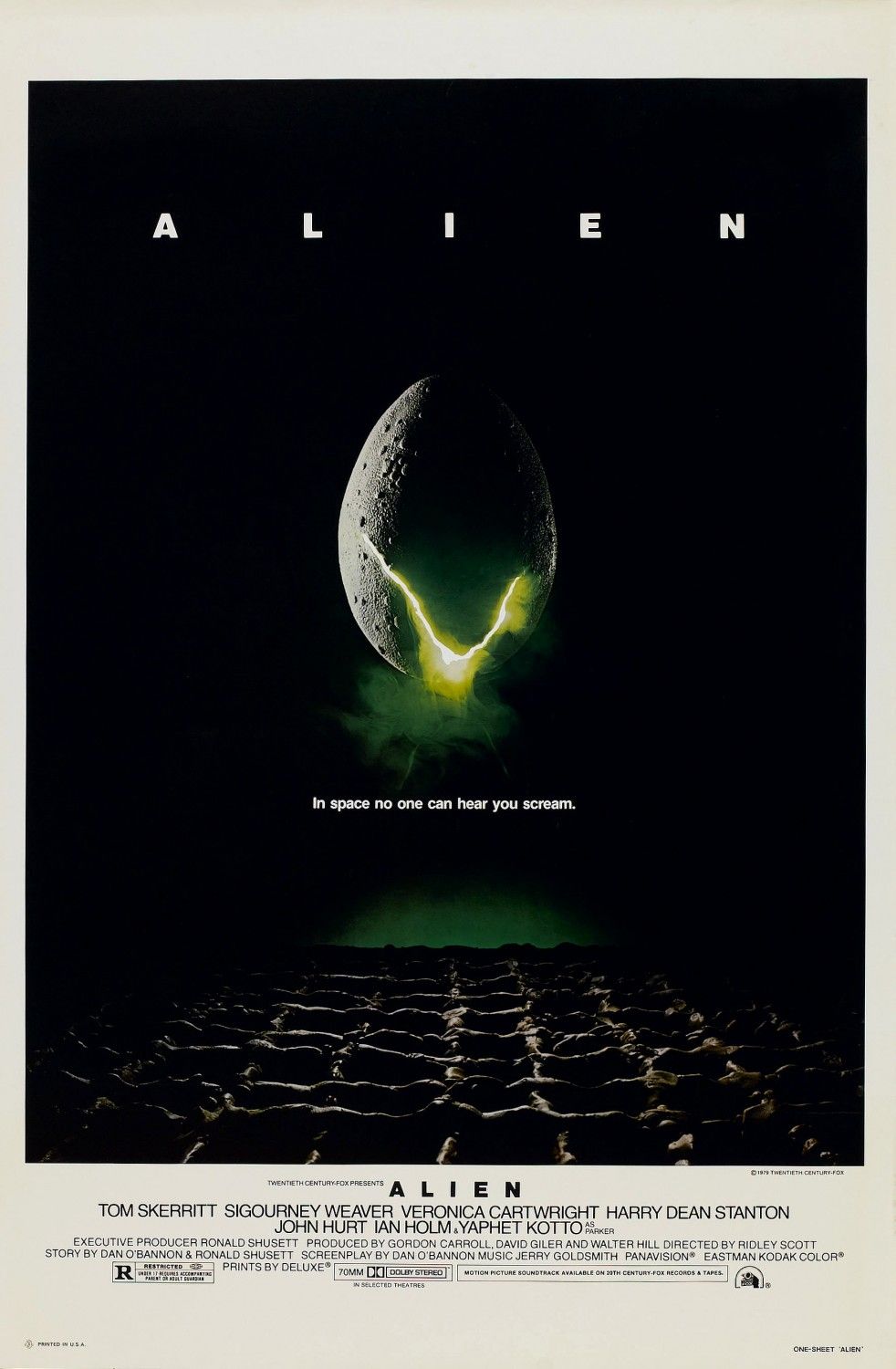
Alien (1979)
Alien is a sci-fi horror-thriller by director Ridley Scott that follows the crew of a spaceship known as the Nostromo. After the staff of the merchant's vessel perceives an unknown transmission as a distress call, its landing on the source moon finds one of the crew members attacked by a mysterious lifeform, and they soon realize that its life cycle has merely begun.
- Release Date
- June 22, 1979
- Director
- Ridley Scott
- Cast
- Sigourney Weaver , Ian Holm , John Hurt , Veronica Cartwright , Harry Dean Stanton , Tom Skerritt , Yaphet Kotto
- Runtime
- 117 minutes
- Story By
- Studio(s)
- 20th Century Fox
- Sequel(s)
- Aliens , Alien 3 , Alien Resurrection , Prometheus , Alien: Covenant
- Franchise(s)
- Alien

